12 Legendary War Movies Everyone Needs to Watch at Least Once
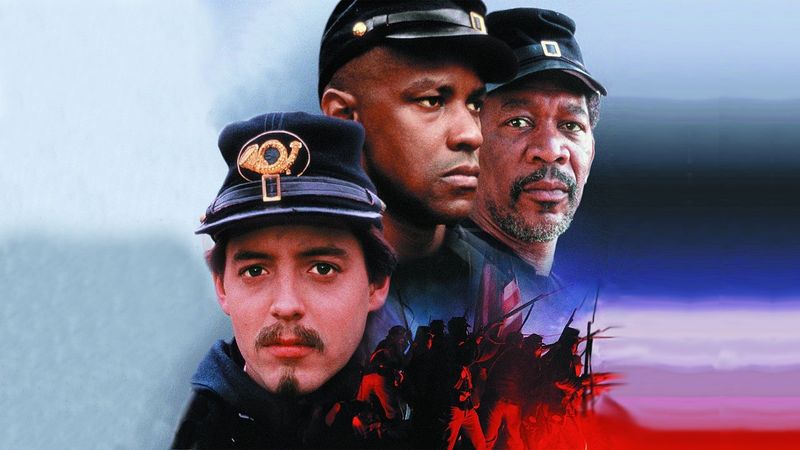
War movies show us the courage, chaos, and human cost of conflict like nothing else can. From the beaches of Normandy to the jungles of Vietnam, these films capture both the heroism of soldiers and the brutal reality they faced. Whether based on true events or fictional stories, the best war films stay with us long after viewing, reminding us what’s at stake when nations go to battle.
1. Saving Private Ryan (1998)
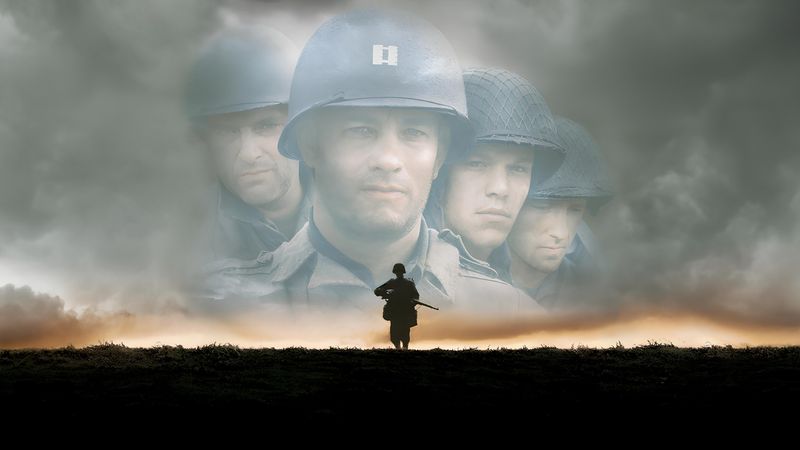
Steven Spielberg’s masterpiece revolutionized how combat is portrayed on screen. The opening 27-minute Omaha Beach sequence remains one of cinema’s most visceral experiences, dropping viewers directly into the terror of warfare.
Beyond the battle scenes, the film explores the profound question of sacrificing many to save one. Tom Hanks delivers a powerful performance as Captain Miller, a leader struggling to maintain his humanity amid unimaginable horror.
Released in 1998, the film honors the Greatest Generation while avoiding mindless glorification of war. Instead, it shows both heroism and the devastating psychological toll of combat on even the bravest soldiers.
2. Apocalypse Now (1979)
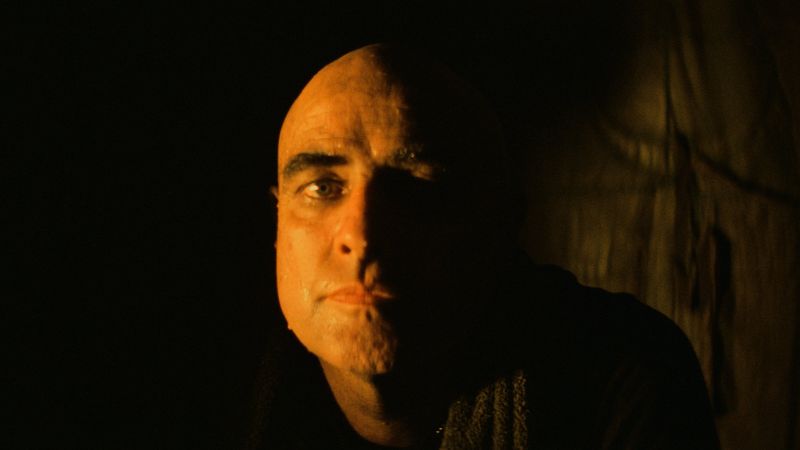
Francis Ford Coppola’s hallucinatory Vietnam epic follows Captain Willard’s mission to terminate the rogue Colonel Kurtz. What begins as a war film gradually transforms into a surreal meditation on the darkest corners of human nature.
The production itself was legendary for its troubles – typhoons destroyed sets, Martin Sheen suffered a heart attack, and Marlon Brando arrived overweight and unprepared. Yet from this chaos emerged a haunting masterpiece that captures war’s ability to strip away civilization’s veneer.
The film’s iconic sequences – helicopter attacks set to Wagner, the dreamlike French plantation – create an unforgettable portrait of a conflict that defied rational understanding.
3. The Deer Hunter (1979)
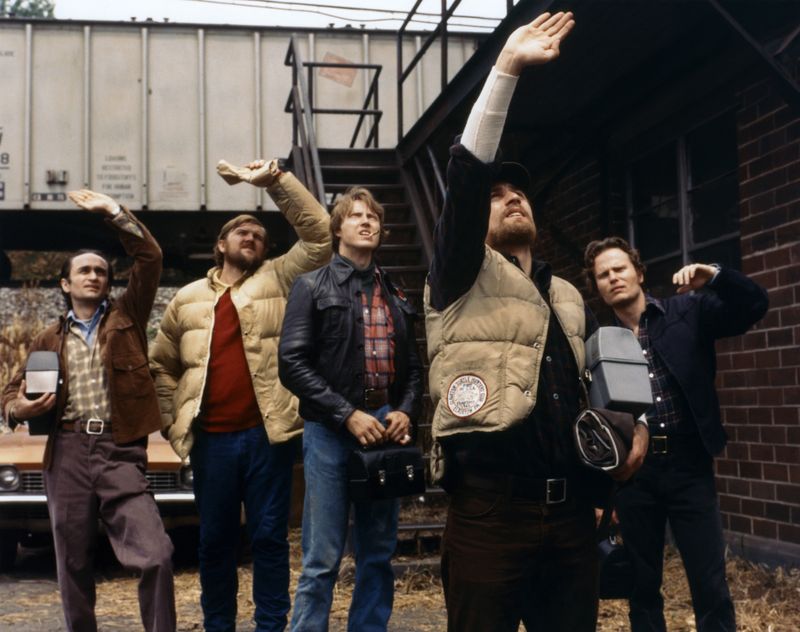
Few films capture the before-and-after impact of war like Michael Cimino’s unforgettable 1979 drama. Following three Pennsylvania steelworkers from their close-knit community to the horrors of Vietnam, the film shows how combat forever alters those who experience it.
The notorious Russian roulette sequences remain among cinema’s most intense moments. Robert De Niro, Christopher Walken, and Meryl Streep deliver raw, heartbreaking performances as ordinary people transformed by extraordinary circumstances.
What makes this film truly special is its patient storytelling. The extended pre-war wedding sequence establishes the characters’ world before systematically dismantling it, making the emotional devastation all the more powerful.
4. Full Metal Jacket (1987)
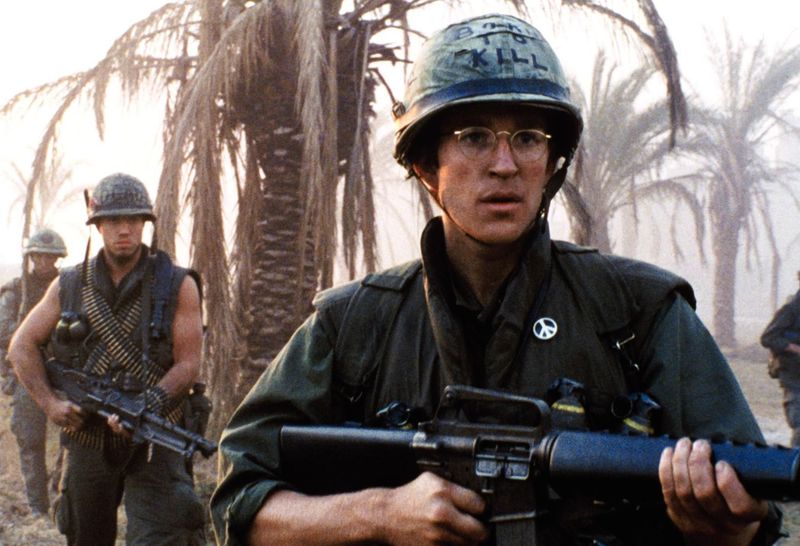
Stanley Kubrick’s unflinching examination of military indoctrination and combat remains disturbingly relevant. The film’s first half, focused on Marine training under the terrifying Drill Sergeant Hartman, shows how ordinary boys are systematically transformed into killing machines.
R. Lee Ermey’s performance as Hartman became so iconic that it forever changed how drill instructors are portrayed in media. When the action shifts to Vietnam, Kubrick contrasts the mechanical precision of training with war’s chaotic reality.
The film’s clinical, detached visual style perfectly complements its themes of dehumanization. Released in 1987, its influence can be seen in countless war films and video games that followed.
5. Glory (1989)
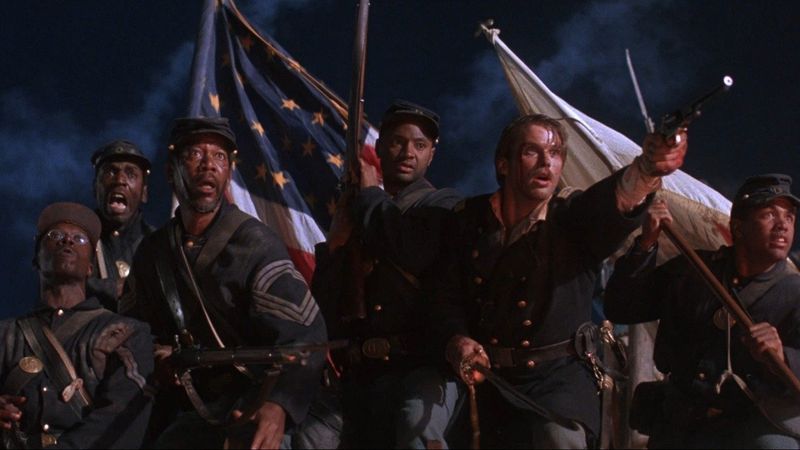
Edward Zwick’s stirring Civil War drama shines a spotlight on the 54th Massachusetts Infantry Regiment, one of the first African American units in the Union Army. Led by Colonel Robert Shaw (Matthew Broderick), these soldiers fight not only against Confederate forces but also against racism within their own military.
Denzel Washington’s Oscar-winning performance as the defiant Private Trip embodies the complex emotions of men fighting for a country that refuses to recognize their humanity. The scene where he’s whipped for desertion, revealing a back already scarred from slavery, speaks volumes without dialogue.
The film’s haunting score and battle sequences create an emotional experience that honors these long-overlooked heroes of American history.
6. Paths Of Glory (1957)
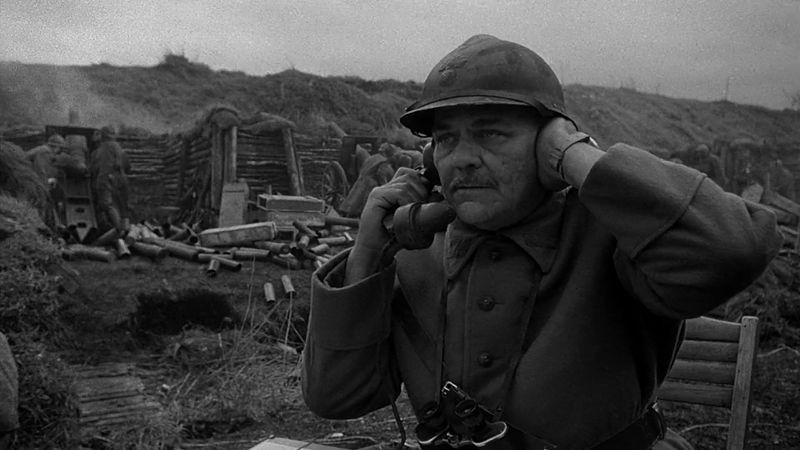
Set during World War I, Stanley Kubrick’s searing 1957 film follows French soldiers who defy a suicide mission and are later tried for cowardice. Kirk Douglas delivers a powerful performance as Colonel Dax, a former criminal defense attorney who fights to save his men from execution.
The film’s tracking shots through muddy trenches established Kubrick’s visual mastery early in his career. The contrast between the generals’ ornate château headquarters and the soldiers’ hellish front-line conditions visually reinforces the film’s critique of military class divisions.
Though set in WWI, the film speaks to all conflicts where those in power sacrifice soldiers for political gain or to cover their own failures.
7. Black Hawk Down (2002)
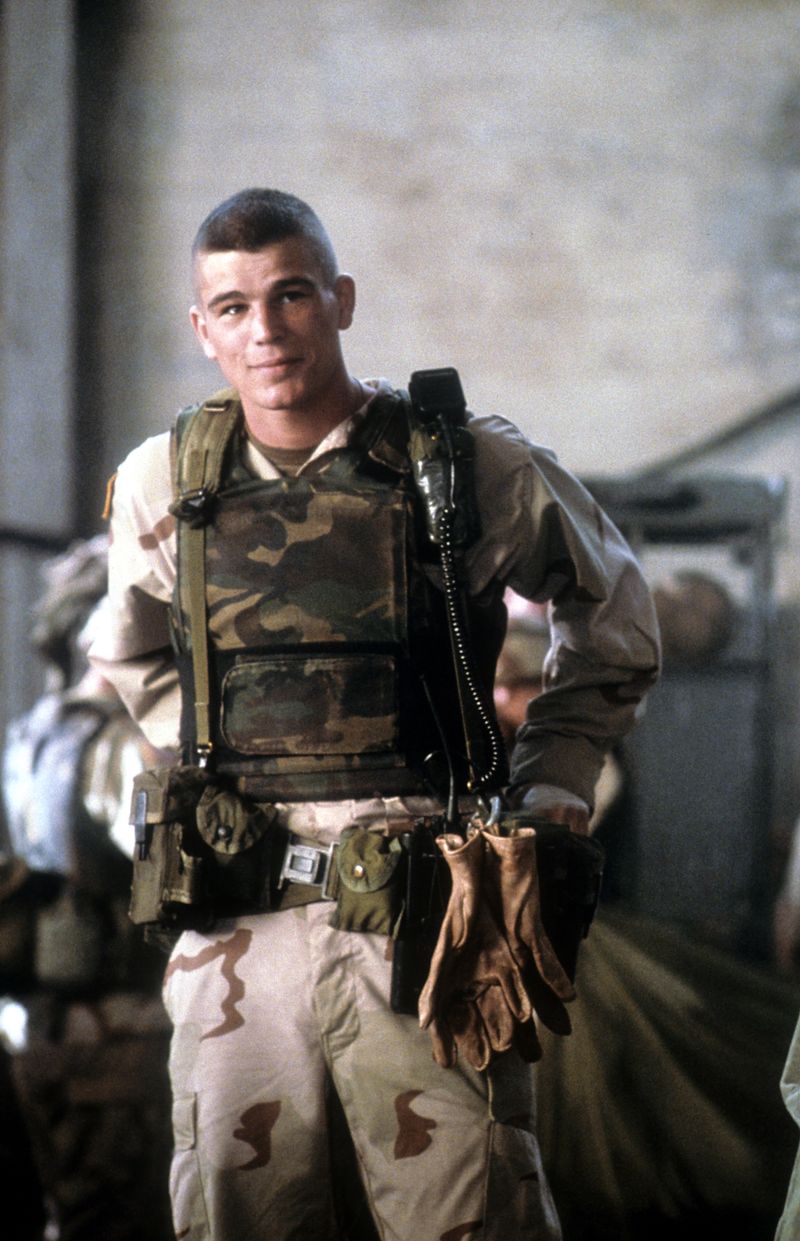
Ridley Scott’s intense recreation of the 1993 Battle of Mogadishu drops viewers into 24 hours of unrelenting urban warfare. When a routine mission to capture a Somali warlord goes catastrophically wrong, American Rangers and Delta Force operators find themselves surrounded by thousands of hostile fighters.
The film’s documentary-like approach and relentless pacing create an almost unbearable tension. Scott’s masterful direction captures both the confusion of modern combat and the unbreakable bonds formed between soldiers under fire.
With its stellar ensemble cast including Josh Hartnett and Eric Bana, the film honors the real soldiers’ courage while asking difficult questions about American military interventions abroad.
8. The Bridge On The River Kwai (1957)
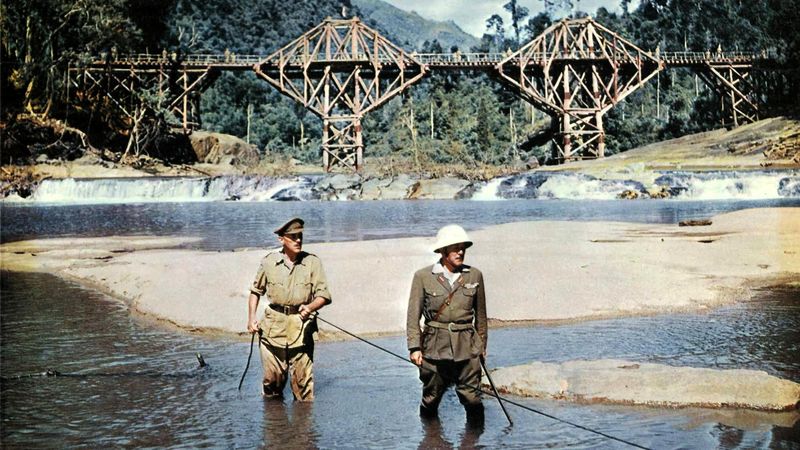
David Lean’s 1957 epic explores the complex psychological battle between a British POW colonel (Alec Guinness) and his Japanese captor. Forced to build a railway bridge in the Thai jungle, Colonel Nicholson turns the project into a matter of British pride and engineering excellence – gradually losing sight of the bigger picture.
The film’s genius lies in its moral complexity. Nicholson begins as a principled hero standing up to his captors but slowly transforms into something more troubling as his obsession with the bridge overtakes his duty as a soldier.
The iconic whistling of the “Colonel Bogey March” and the final explosive climax create unforgettable bookends to this study of how war distorts even the noblest intentions.
9. Platoon (1987)
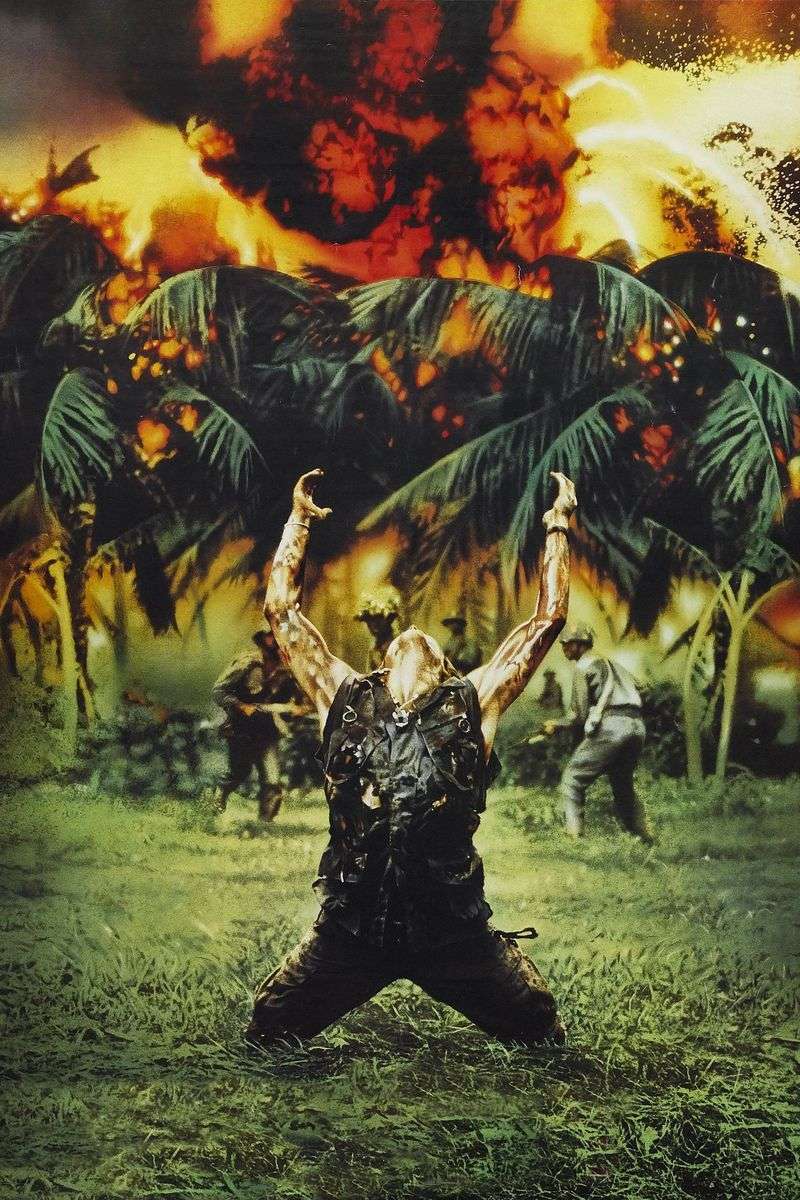
Few war films match the brutal honesty of Oliver Stone’s “Platoon,” a Vietnam story shaped directly by his own service. Based on Stone’s own experiences as an infantryman, the story follows young recruit Chris Taylor as he’s caught between two sergeants representing different approaches to war.
Willem Dafoe’s arms-raised death scene became one of cinema’s most iconic images. Unlike many war films that focus on grand strategy or heroic missions, Platoon captures the daily reality of ordinary soldiers – the boredom, confusion, terror, and moral ambiguity.
The film’s unforgettable village scene, where American troops commit atrocities against civilians, forces viewers to confront uncomfortable truths about what war does to those fighting it.
10. Dunkirk (2017)
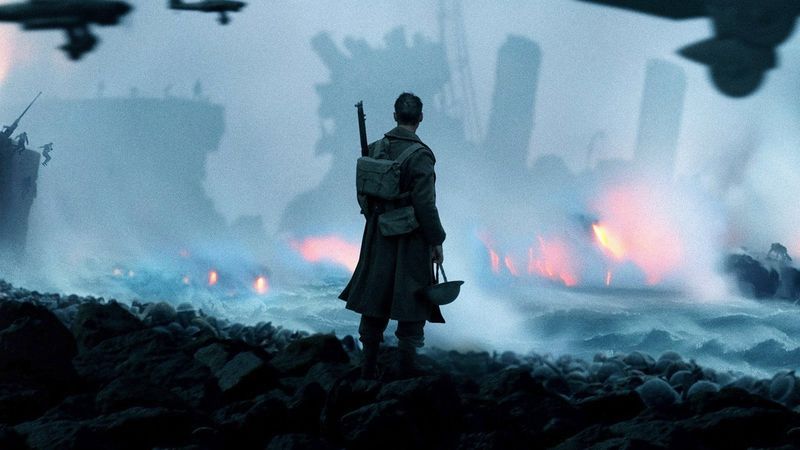
Christopher Nolan’s innovative approach to the famous WWII evacuation abandons traditional war movie formulas for pure cinematic experience. Instead of focusing on character backstories or political context, Nolan drops viewers directly into the desperate situation of 400,000 Allied soldiers trapped on a French beach with German forces closing in.
The film’s three interwoven timelines – covering one week on the beach, one day at sea, and one hour in the air – create a unique temporal puzzle that heightens the tension. Hans Zimmer’s score, incorporating the sound of Nolan’s pocket watch, creates an almost unbearable sense of time running out.
Few war films have so effectively captured the sheer terror of being trapped and vulnerable under enemy fire.
11. The Thin Red Line (1998)
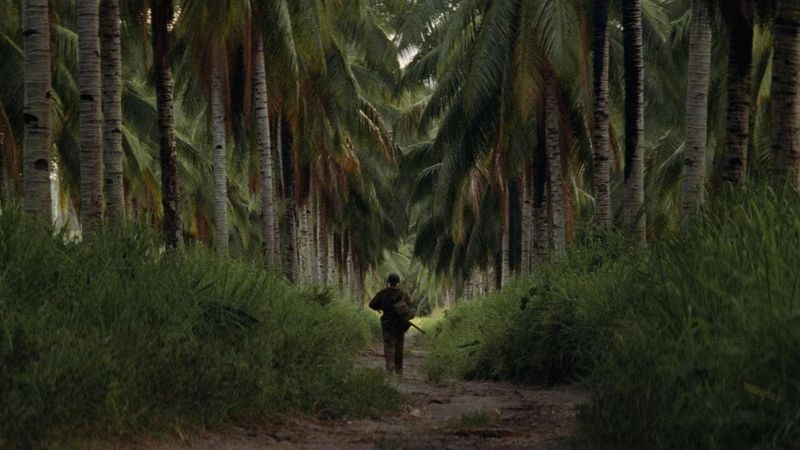
With a lyrical touch, Terrence Malick’s return to filmmaking offers a meditative counterpoint to typical war narratives. Set during the Guadalcanal Campaign in the Pacific, the film interweaves brutal combat sequences with philosophical voiceovers and stunning nature imagery.
Unlike most war films that focus solely on human conflict, Malick repeatedly contrasts warfare with the eternal, indifferent beauty of nature. Birds continue to sing and sunlight filters through jungle canopies while men destroy each other below.
The all-star cast (including Sean Penn, Jim Caviezel, and Nick Nolte) embody different responses to combat – from ruthless ambition to spiritual questioning. Released the same year as Saving Private Ryan, it offers a more introspective but equally powerful vision of war’s impact.
12. The Hurt Locker (2009)
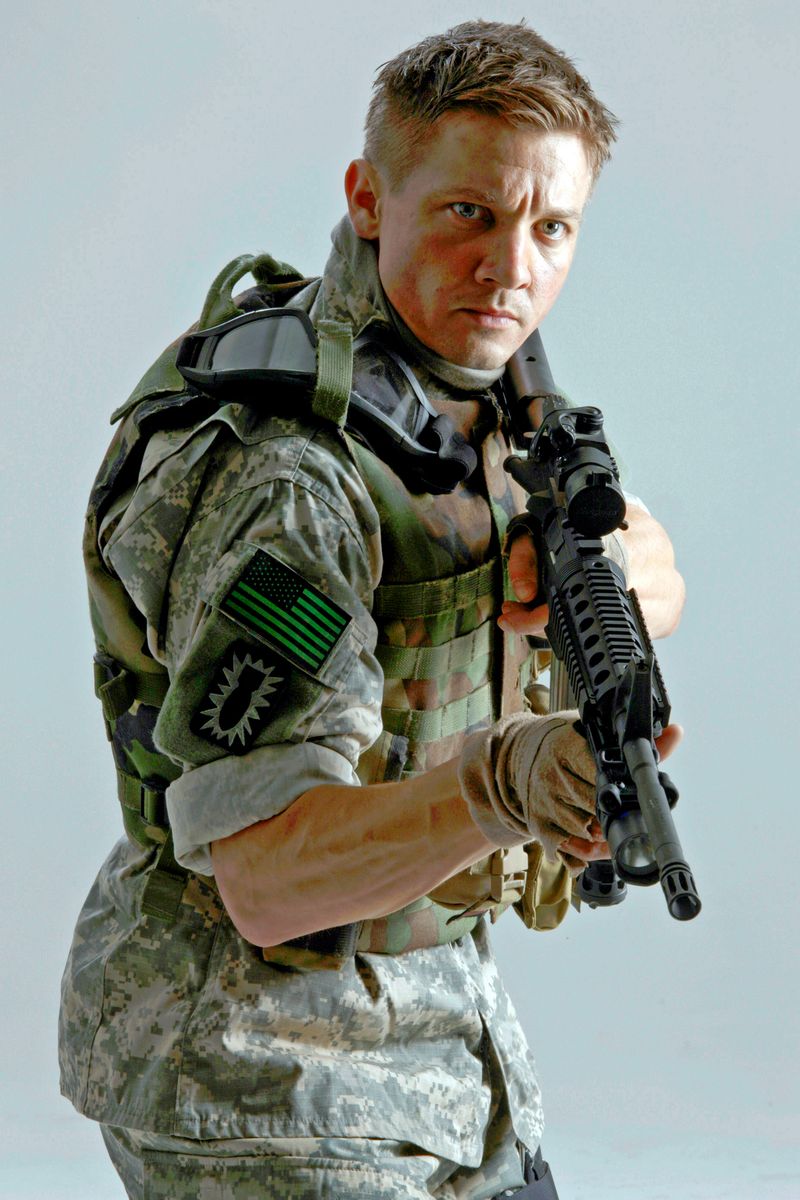
Kathryn Bigelow’s Oscar-winning examination of bomb disposal in Iraq explores war as an addictive drug. Jeremy Renner delivers a career-defining performance as Staff Sergeant William James, an adrenaline junkie who approaches each deadly device with reckless brilliance.
The film’s handheld documentary style and use of actual war veterans as extras create an unprecedented sense of authenticity. Each bomb disposal sequence becomes an unbearable exercise in tension, with death literally a wire-snip away.
What makes this film stand out is its focus on the psychological rather than the political aspects of modern warfare. When James returns home, the mundane safety of civilian life – choosing cereal at the supermarket – feels more alien than the deadly streets of Baghdad.

Comments
Loading…